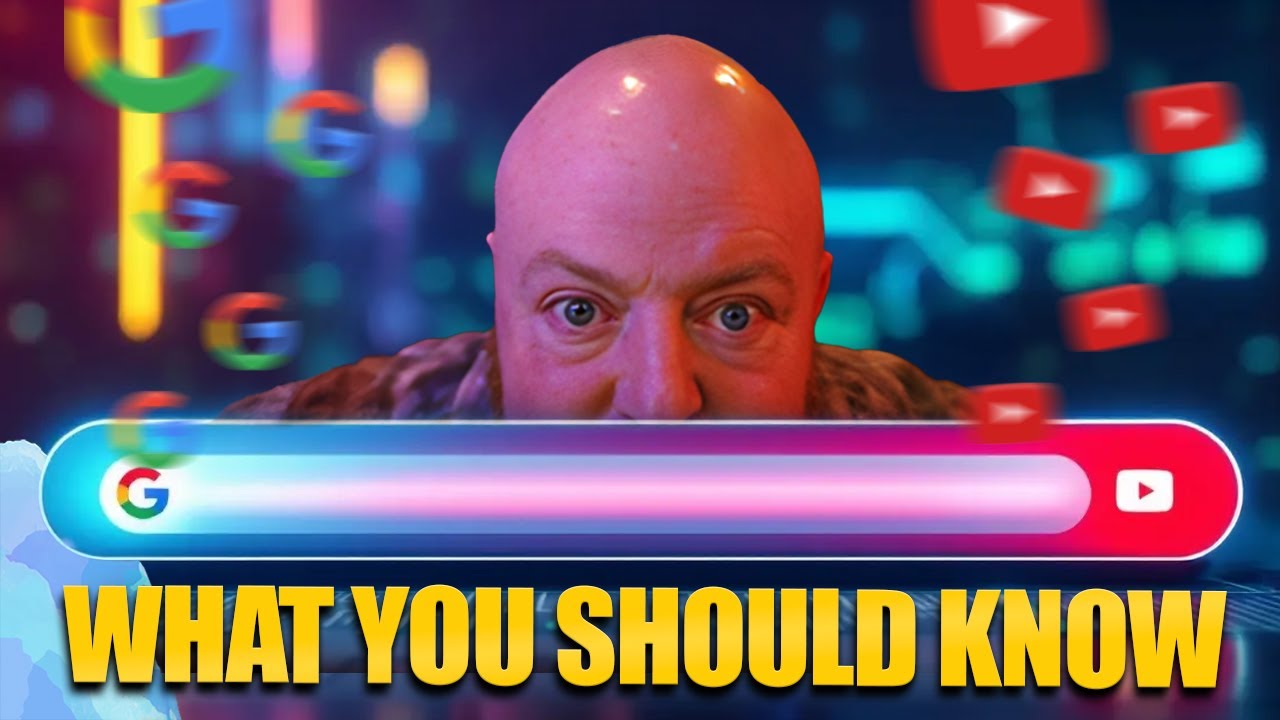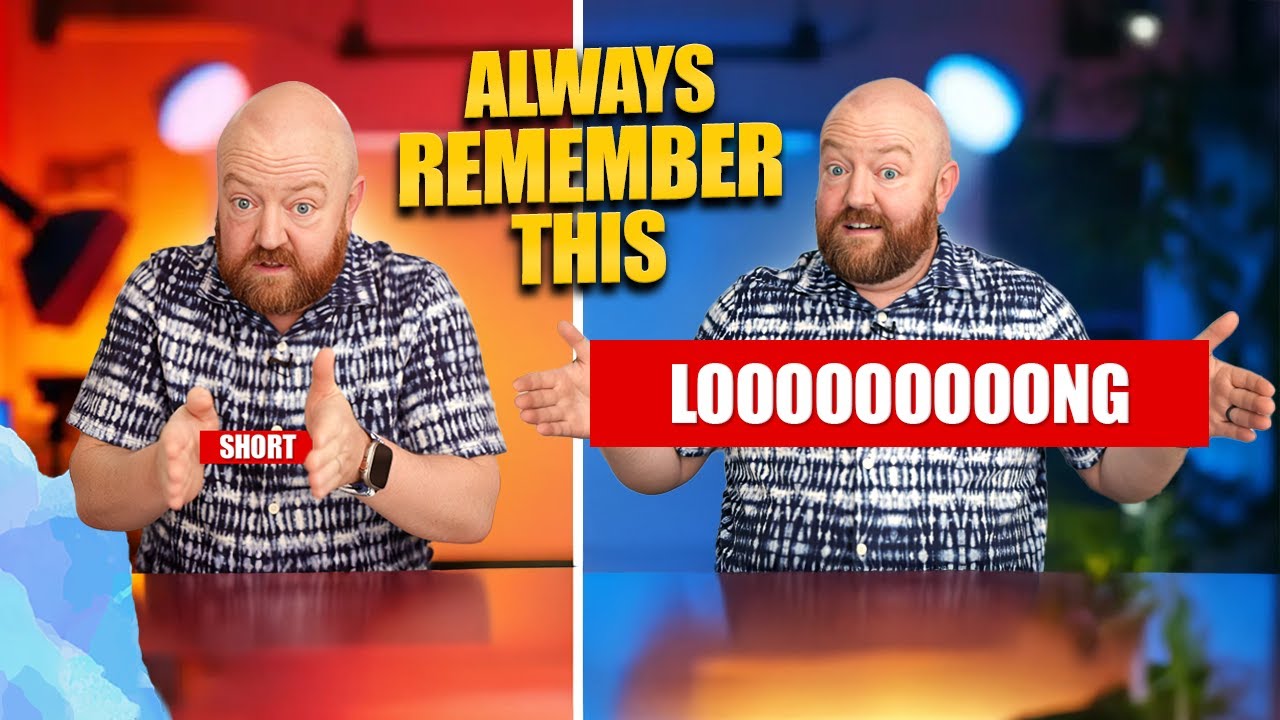If you’re wondering whether embedding YouTube videos can boost your SEO, you’re not alone. In this article, we’re diving deep into the impact of YouTube videos on search engine optimisation (SEO) and how you can leverage them to get faster, more effective results. Along the way, we’ll discuss the evolving role of Google’s search engine and show you an easy shortcut to optimise your content and rank higher on both Google and YouTube.
What Google Used to Be vs. What It Is Now
In the past, Google was primarily seen as a search engine for websites. It was straightforward: type a query, and Google returned a list of relevant websites. However, the game has changed. Today, Google is more of a content search engine. In this sense, YouTube and Google have more in common than ever. YouTube is now a major content search engine, meaning that content is crucial for ranking well on both platforms.
Real-Life Examples of YouTube SEO Success
Let’s take a look at some examples of how embedding YouTube videos has had a direct impact on SEO:
- Jay Townsend: Jay’s analytics reveal impressive search results. In the past 28 days, he received over 5,200 searches from YouTube alone. When combined with external searches from Google, that number jumps to over 6,200 people finding his videos through search engines. The takeaway? Embedding YouTube videos on your site can increase your visibility on both YouTube and Google.
- Nicholeen Peck: As a parenting expert, Nicholeen’s YouTube channel is also thriving with over 28,000 views from YouTube search alone. When factoring in Google search traffic, that number increases by an additional 10,000 views, showing the powerful combination of YouTube and Google working in tandem to boost SEO.
- Chad Littlefield: Chad uses a strategy of embedding his videos in blog posts, alongside transcribing them into articles. In just 28 days, his videos received over 18,000 views from YouTube search and an impressive 15,000 views from Google search. This strategy is a perfect example of how embedding videos in blogs can significantly improve your SEO.
The Easy Shortcut for SEO Through YouTube
So, how can you replicate this success? The good news is that there’s a quick and easy way to optimise your content through YouTube, using a method that requires minimal effort.
Start by filming a YouTube video based on a clear strategy. Once uploaded, YouTube will automatically generate a transcription of your video. This is a huge advantage because YouTube already knows what your video is about, which means you don’t have to worry about manually inserting keywords.
To take it a step further, copy and paste the video transcription into ChatGPT. Here’s how it works:
- Go to your YouTube video and click on the three dots under the video description.
- Scroll down to click “Show Transcript.”
- Copy the entire transcript (you can remove timestamps if you prefer).
- Paste the transcript into ChatGPT and ask it to rewrite it as a well-structured article.
In minutes, ChatGPT will turn your video transcript into an article that’s SEO-friendly and ready to be published on your website. This process saves time while ensuring that both your video and written content are optimised for maximum visibility.
What to Do with Your Transcript
Once you have your polished article, it’s time to take action. Here’s a simple yet effective strategy:
- Embed your video on your blog or website page.
- Use ChatGPT to refine the video transcript into a well-written article.
- Publish the article alongside the video.
By combining both forms of content, you not only increase the chance of ranking higher in search results but also provide value to your audience in multiple formats. Take inspiration from successful websites like Clipout.com, which effectively uses this strategy with their podcasts. They embed videos and transcribe them into blogs, creating professional and engaging content that ranks well.
Creating the Right Type of Content for SEO
However, it’s not just about creating any video or article. To truly excel at SEO, you need to create the right type of content. You can’t just transcribe a video and expect it to rank highly on Google or YouTube. You need to be strategic about the titles, topics, and questions your content answers.
This is where the “LEAF” strategy comes into play. If you want to learn more about how to choose the right keywords and create content that ranks, be sure to check out my previous video on YouTube SEO using the LEAF strategy. By implementing this strategy, you’ll be able to optimise your content for both platforms and see faster results.
Conclusion
In conclusion, embedding YouTube videos on your website and transcribing them into well-crafted articles is a powerful SEO tool. This dual approach not only helps you rank higher on Google and YouTube but also provides your audience with valuable, accessible content. The best part? You can use simple tools like YouTube’s automatic transcription and ChatGPT to streamline the process, making it easier than ever to optimise your content and boost your SEO.
Remember, the key to SEO success is creating the right type of content and being strategic about how you use it. With a little effort, you can significantly increase your visibility on both Google and YouTube, driving more traffic and generating more leads. Happy optimising!





